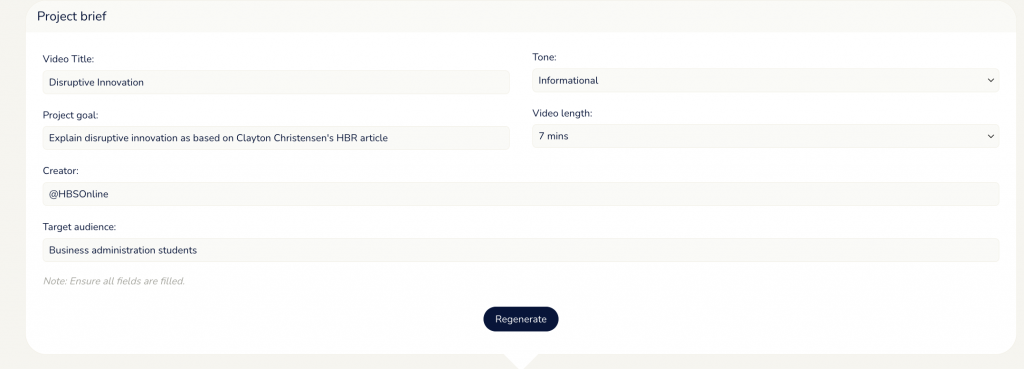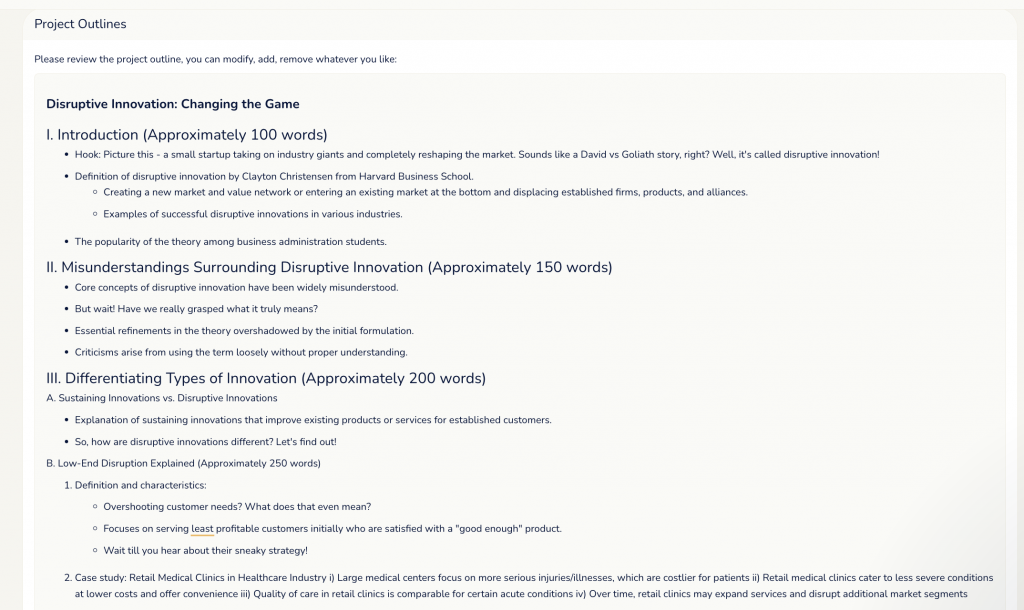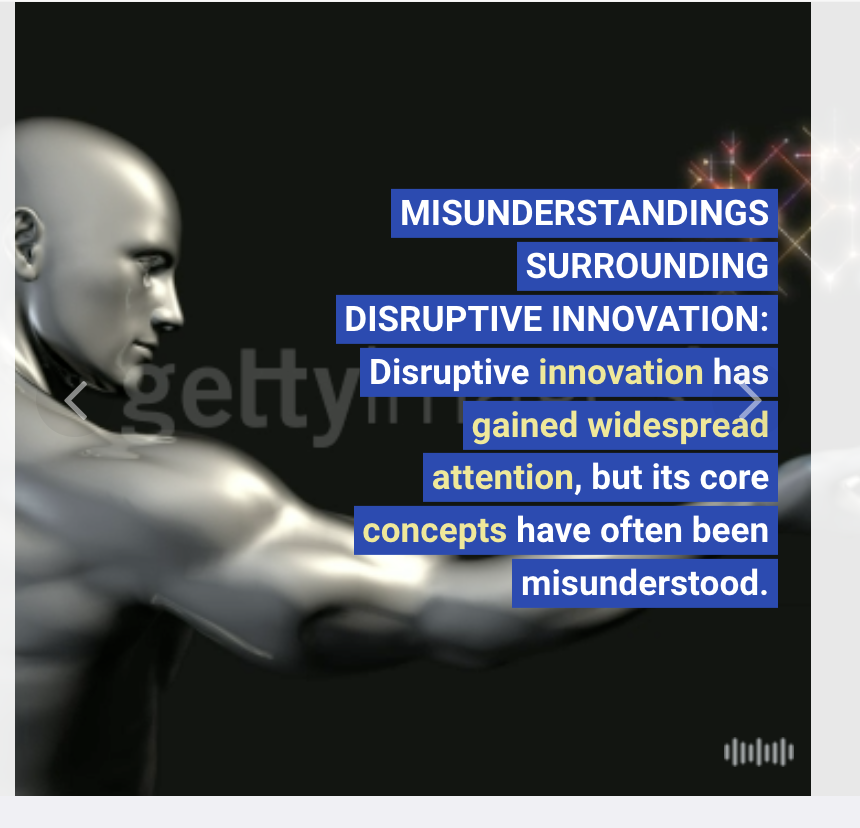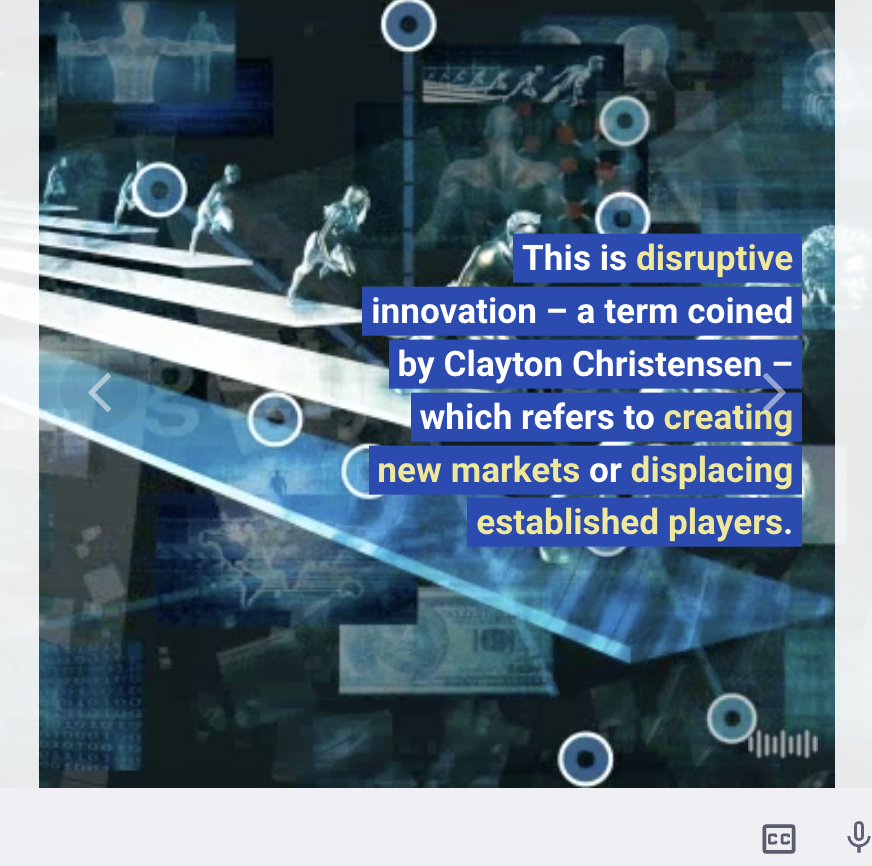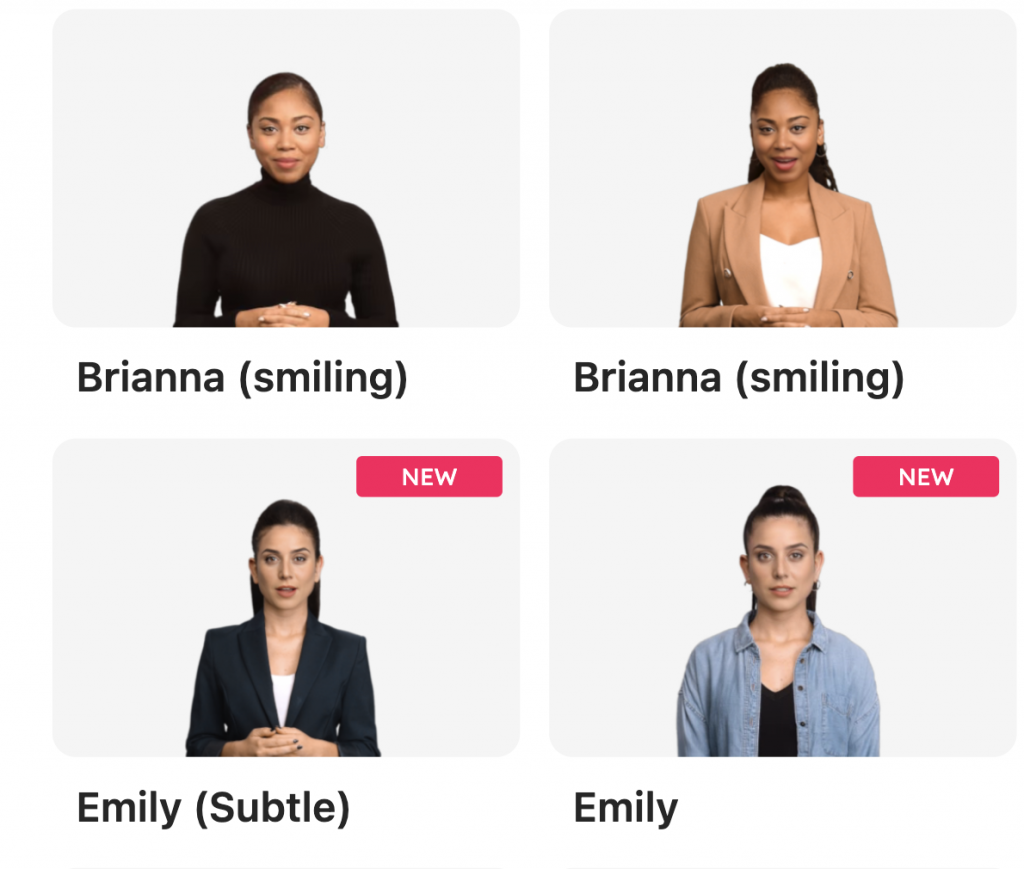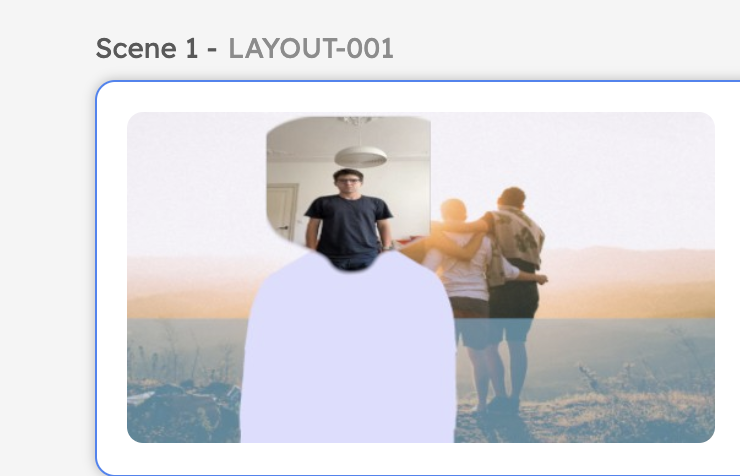Marketing and sales are two of the areas that are likely to be most impacted by generative AI (McKinsey & Company, 2023). Within marketing, generative AI can help generate content, improve personalization, leverage data to recommend strategies and scale A/B testing. Throughout this article, a few examples of of generative AI in advertising will be examined.
Jasper
Jasper.ai is a generative AI software that can adapt to the preferred tone of voice of a brand based on its communication up to the present date, company information and desired audience. Then, it can generate communication in that tone across all types of media, from SEO content to ads to emails. Therefore, marketers only need to then consider what content to deliver and through what medium but the execution of it can then be handled by Jasper.
Persado
Persado takes content generation one step further. Once content has been generated across a brand’s website, ads and emails, Persado leverages analytics data in order to adjust text to improve the conversion rate. The objective of the optimization can be specified by the user and can range from reducing cart abandonment to improving customer retention.
Manychat
Manychat is a generative AI software that is focused on messaging apps. It is available for Instagram DMs, Whatsapp and Facebook Messenger. It enables users to automate points of contact with their customers by using generative AI-based chatbots to guide users through the customer journey. Furthermore, it can create click-to-message ads that can then lead to an automated conversation through Manychat and guide the user further along the purchase funnel.
Adobe Journey Optimizer
Adobe Journey Optimizer allows users to manage campaigns across channels and optimize the customer journey through Generative AI. Adobe Journey Optimizer can generate customer journeys and fit them to the company’s industry, objectives and customer profiles. Furthermore, by pairing with Adobe CDP, analytics data can be used to generate customer profiles and audiences that can be then targeted across channels.
AdCreative.ai
AdCreative is an ad generation software that adapts to a brand’s identity and generates ad creatives that are aligned with it. These creatives are also generated based on the target platform for the ads, with the software making a distinction between Google Ads, Facebook Ads, LinkedIn Ads and many others. Furthermore, the format is also something that can be specified. What is most interesting is that the software is learning from the performance of the creatives that it is creating and then can optimize for conversion rate.
Bringing it all together
By creating a workflow that is designed with generative AI in mind, an advertising department can plan their customer journey with Adobe Journey Optimizer for customer profiles created with Adobe CDP, then create content across multiple channels with Jasper.ai from a text perspective and AdCreative.ai for the creative assets, optimize the text based on performance with Persado and automate contact with customers at key touchpoints with Manychat. This would then enable advertisers to do what they do best and focus on making a brand stand out by providing the human element through innovative marketing ideas. Hopefully, the onset of generative AI can lead to a future where advertising is more creative, more reflective of the brand’s purpose and where more emphasis is placed on genuine connection with a brand’s customers.
References:
Deveau, R., Griffin, S. J., & Reis, S. (2023). AI-powered marketing and sales reach new heights with generative AI. McKinsey & Company. https://www.mckinsey.com/capabilities/growth-marketing-and-sales/our-insights/ai-powered-marketing-and-sales-reach-new-heights-with-generative-ai
